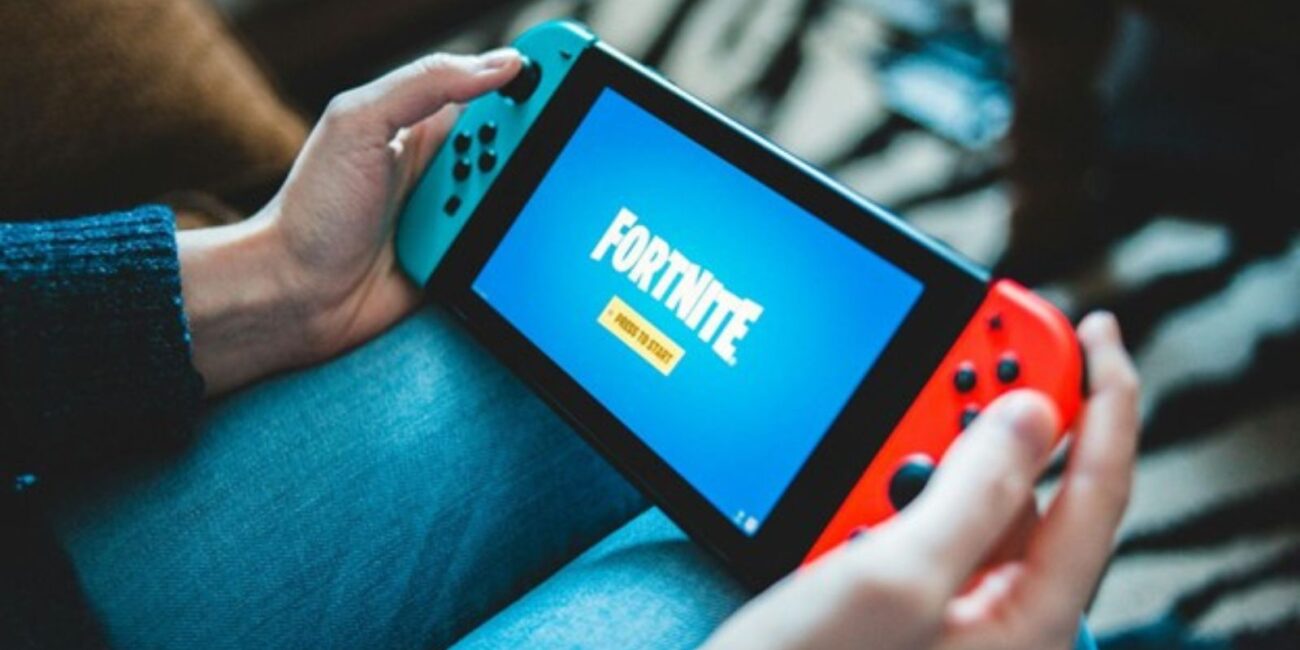Once confined to basements, arcades, and pixelated screens, gaming has now transformed into a global digital engine that generates over $180 billion yearly.
This article explores how the mechanics and innovations of gaming have transcended screens to shape entire industries. Whether you’re a product designer, developer, founder, or digital strategist, understanding the evolution of gaming isn’t just interesting, it’s essential. By unpacking the logic behind freemium models, seamless in-game payments, the rise of the creator economy, and other key trends, we’ll reveal how gaming has laid the foundation for designing, engaging with, and monetizing in the modern digital age.
Freemium Logic: Changing How Users Pay
Gaming pioneered the now-ubiquitous “free-to-play” model. Games like Fortnite and League of Legends provided users with full access without upfront costs, then monetized their offerings through optional purchases, including cosmetics, emotes, and power-ups. This model empowered users to decide when and how to spend, reinforcing trust and extending engagement.
What’s brilliant is how this approach reshaped expectations far beyond gaming. Today’s users expect free access to apps, software, and platforms, only paying for personalization, progression, or status. As platforms like ArabicCasinos demonstrate, when users are given opportunities for customized advancement or recognition, they’re more likely to spend. This logic now informs UX design across fintech, wellness, and education.
Gaming Solved Payments Before Fintech Did
Years before fintech firms introduced tap-to-pay or digital wallets, gamers were conducting seamless transactions inside virtual worlds. The need for secure, instantaneous payments led studios to develop scalable systems that could handle high volumes, support multiple currencies, and protect against fraud.
These systems didn’t just improve gameplay; they laid the foundation for modern digital payments. Today’s e-commerce platforms, which include virtual cards and decentralized finance (DeFi) ecosystems, mirror these gaming architectures: wallets, token economies, peer-to-peer trades, and microtransactions. In many ways, gaming was fintech’s uncredited beta test.
The Creator Economy: Incubated by Gamers
Before TikTok influencers or Substack newsletters, gamers were already building audiences and monetizing them. Twitch, YouTube Gaming, and early livestreaming platforms enabled players to cultivate communities around their gameplay, earning through donations, subscriptions, and brand deals.
This creator-first economy, where you can engage authentically, build niche influence, and monetize without gatekeepers, was pioneered by gamers. Today, writers, educators, musicians, and thought leaders follow the exact blueprint. Gaming laid the groundwork for content creation and community-building to merge seamlessly.
Mobile Gaming: Gateway to a Billion Users
The rise of smartphones didn’t just untether gaming from consoles, it globalized it. Titles like Candy Crush and Clash of Clans turned idle moments into opportunities for profit, with micro-interactions generating billions in revenue. These games mastered the art of intuitive UX, with responsive visuals, gamified feedback loops, and fast onboarding.
Esports: Where Skill Becomes Spectacle
What began in internet cafés now fills stadiums. Esports competitions offer million-dollar prize pools, attract global audiences, and feature elite athletes backed by coaches, nutritionists, and analytics teams.
This legitimization of digital-native skills is significant. For a new generation, gaming is not just entertainment, but a viable career path. For brands, it provides access to engaged, loyal, and digitally focused communities. Esports is not a passing trend; it’s the professionalization of play.

Looking Ahead: Virtual, Decentralized, and Persistent
Gaming continues to serve as a testbed for next-generation technologies. It’s where experimental ideas meet real users, at scale. Three key frontiers stand out:
- Virtual Reality (VR): Once clunky, VR has become immersive and practical, extending its applications beyond gaming. Retailers use it for virtual try-ons, therapists for exposure therapy, and educators for simulations.
- Blockchain Integration: Games now embed blockchain for asset ownership, ensuring players truly control their digital items, whether skins, gear, or avatars.
- Cloud Gaming: Platforms like NVIDIA GeForce NOW enable high-fidelity play on low-spec devices, showing how cloud architecture can democratize access to resource-intensive digital experiences.
These aren’t gimmicks; they’re previews of how digital interaction, ownership, and commerce will function tomorrow.
Gamification: From Game Rooms to Boardrooms
Gamification is more than a buzzword; it’s a strategy. The mechanics behind successful games, streaks, level-ups, and rewards are now utilized as tools for engagement across various sectors. Fitness apps track milestones, edtech platforms use XP and badges, and even workplace tools offer incentives for completion.
It’s not just about motivation. Good games build habits, and those same loops are now shaping how we learn, work, and grow.
A New Playbook for Digital Builders
Gaming helped invent the digital economy. From virtual assets and payment systems to monetization models and creator platforms, the mechanics pioneered by game designers now underpin the modern digital world.
For anyone aiming to achieve success in the digital space, the most brilliant move may not be reinventing the wheel, but studying those who spun it first: the gamers.



